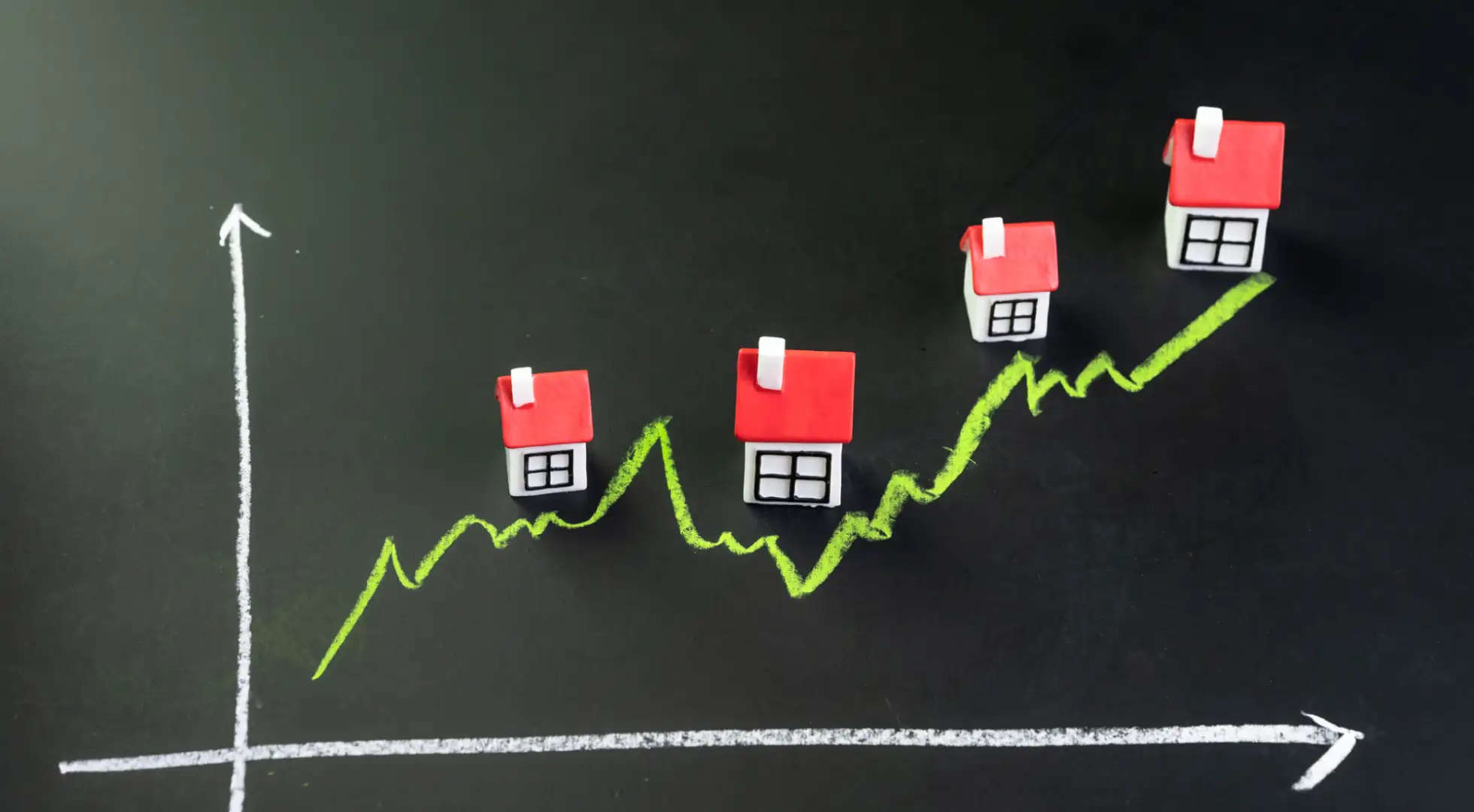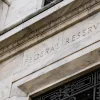Remote Work Fueled Half of U.S. Home-Price Spike During the Pandemic, Economists Say

While record-low mortgage rates helped to pump up home prices during the pandemic by allowing borrowers to qualify for bigger loans, remote work also played a role in boosting housing demand, according to a report from the National Bureau of Economic Research.
About half of the record 24% national home-price increase from late 2019 through November 2021 resulted from Americans being given the option of working remotely, according to the report from John Mondragon, a senior economist at the Federal Reserve Bank of San Francisco, and Johannes Wieland, an economics professor at the University of California in San Diego.
Americans newly freed from the obligation to be in the office every day boosted demand for homes as they sought new spaces, the authors said. By late 2021, 43% of people were still working form from home and there are signs that a “significant fraction” of workers in the U.S. will be remote permanently, they said.
“House price growth over the pandemic reflected a change in fundamentals rather than a speculative bubble,” the economists wrote. “Fiscal and monetary stimulus were less important factors."
In March 2020, the first weeks of the pandemic in the U.S., the Federal Reserve announced it would begin buying Treasuries and mortgage bonds to prevent the type of credit crunch that sank the financial system in 2008. Boosting demand for bonds puts downward pressure on mortgage rates by shrinking yields for securities backed by home loans.
The average U.S. rate for a 30-year fixed mortgage fell below 3% for the first time ever in July 2020, as measured by Freddie Mac in a weekly data series that goes back to 1971. After setting new lows more than a dozen times in 2020, the rate fell to an all-time low of 2.65% in the first week of 2021, according to Freddie Mac data.
After the Fed announced in early November it would begin winding down its support of the mortgage markets, rates began increasing. Since the beginning of 2022, the average U.S. rate for a 30-year fixed loan has surged more than two percentage points.
The median U.S. home price jumped a record 17% in 2021 from a year earlier, according to the National Association of Realtors. This year, home prices likely will gain 8.4%, NAR said.
While the effects of low mortgage rates on housing prices are well-known by economists, the impact of sending millions of Americans home and asking them to work remotely is not, the authors of the NBER paper said.
“Policymakers need to pay close attention to the evolution of remote work as an important determinant of future house price growth and inflation,” the economists said.
Kathleen Howley has more than 20 years of experience reporting on the housing and mortgage markets for Bloomberg, Forbes and HousingWire. She earned the Gerald Loeb Award for Distinguished Business and Financial Journalism in 2008 for coverage of the financial crisis, plus awards from the New York Press Club and National Association of Real Estate Editors. She holds a degree in journalism from the University of Massachusetts, Amherst.




